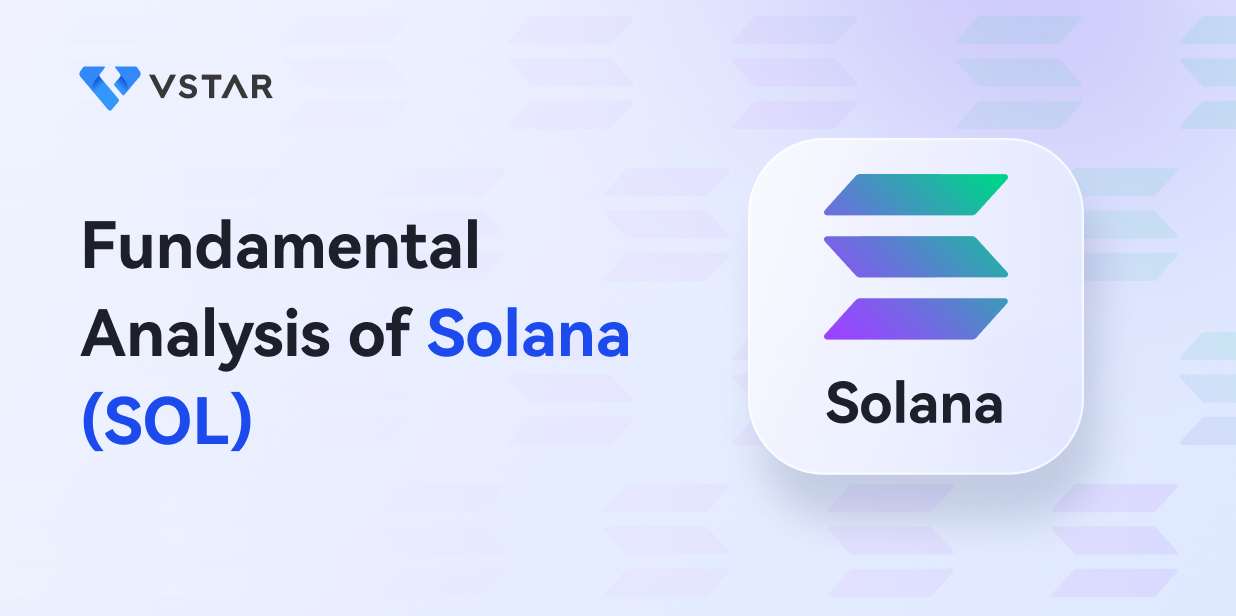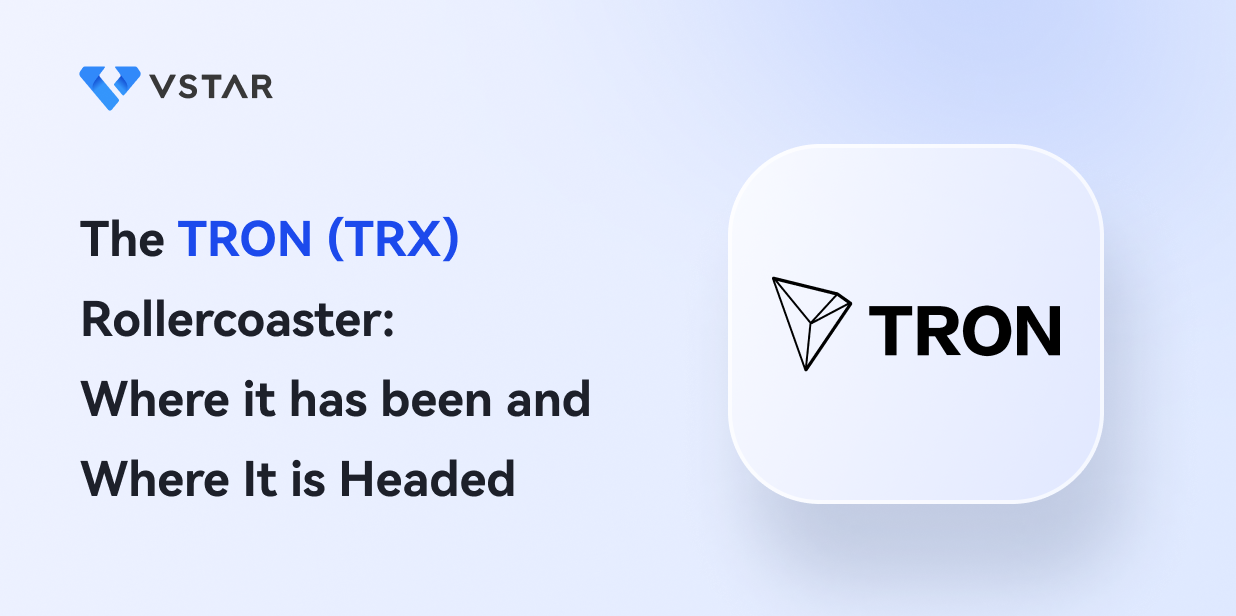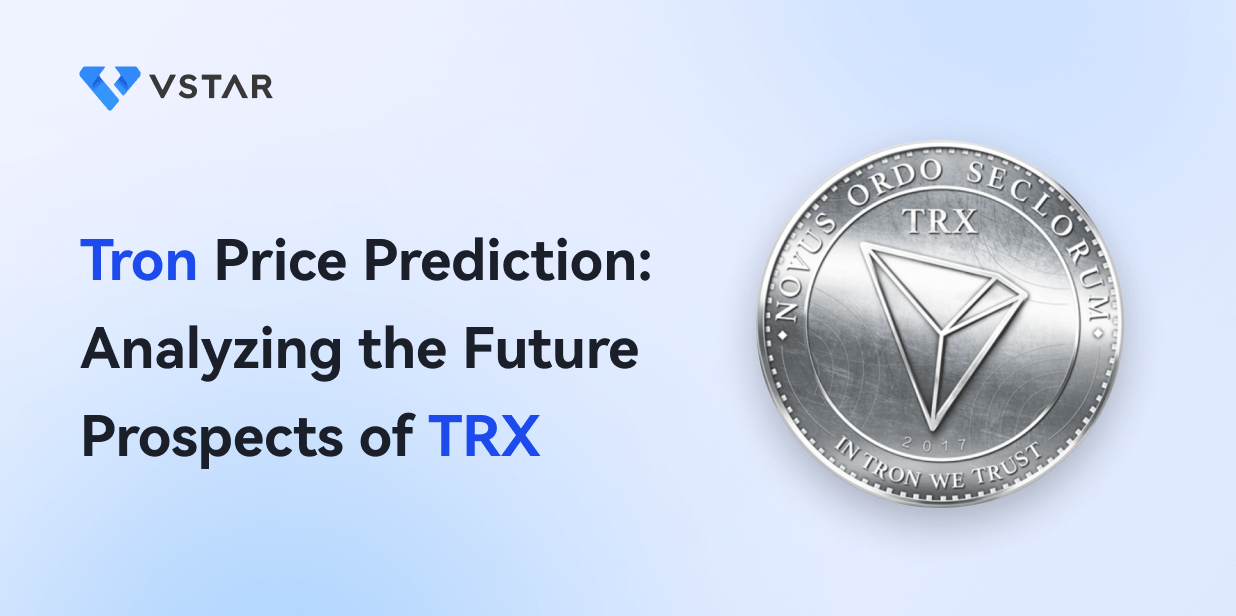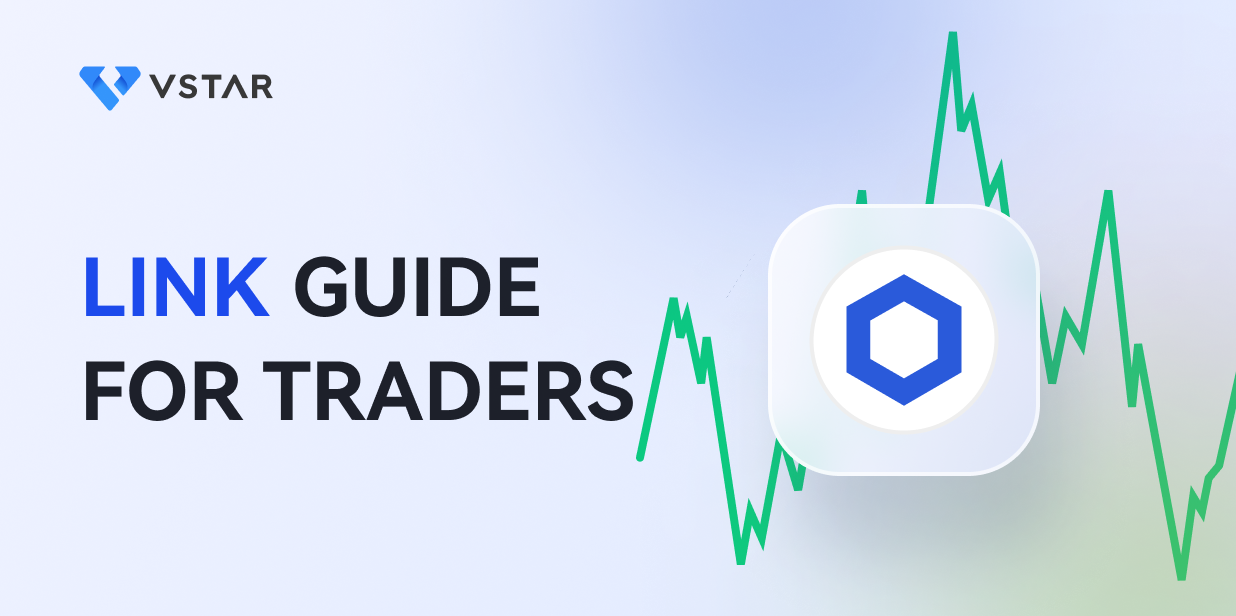Solana is one of the fastest-growing blockchain platforms founded in 2017, and it’s designed to host decentralized and scalable applications. It’s often referred to as an “Ethereum killer,” but it’s for a reason. It offers lower transaction fees and processes transactions much faster than competitor Ethereum.
Like most blockchain networks, Solana has a cryptocurrency named Solana that uses the ticker symbol SOL. As of the time of writing, 396,087,465 SOL coins were in the circulating supply. It also ranks as the 11th largest cryptocurrency in terms of market capitalization. SOL is traded on most crypto exchanges and CFD brokerage accounts.
Are you looking forward to investing in SOL? Fundamental analysis is a vital aspect you should understand. It entails finding SOL’s value by examining its key characteristics such as financial data, industry trends, underlying technology performance, the community, etc. This article goes deep into SOL’s fundamental analysis.
What Could Drive Solana’s Potential Growth?
1. Growing dApp ecosystem
Solana’s decentralized app ecosystem is expanding rapidly, especially in crypto gaming, NFT marketplaces, and decentralized finance applications. At the start of 2023, Solana saw a whopping 83% rise in the number of new developers in their ecosystem: it was the fastest among major blockchain networks. Raj Gokal, Solana’s co-founder, attributes this rapid growth to Solana’s ability to deliver faster transactions and lower costs than alternative networks.
Solana has over 350 dApps and projects on its blockchain network. With more dApp being built on Solana, the utility and value of the network are likely to grow massively. Additionally, the SOL token’s price could rise substantially. Therefore, monitoring the number of dApps launching on Solana will help you determine the growth of Solana’s ecosystem over time.
2. Mainstream interest
As Solana strives as an alternative to the Ethereum and Polygon blockchains, it’s gaining more interest more crypto enthusiasts and institutional investors. Solana is one of the few crypto solutions offering novel mechanisms to solve real-world issues. As a result, more people and businesses are onboarding, and the network grows consistently.
For instance, the 2023 Q1 Report shows that Solana’s market cap increased by more than 118% QoQ along with the broader market, and SOL revenue increased 68.7% with greater adoption of priority fees. Also, liquid staking derivatives (LSDs) grew significantly during the same period. Another good thing is that the layer one blockchain network had remarkable growth across DeFi, NFTs, and Game verticals. Notably, despite the general negative sentiment in the crypto market since 2022, institutional investors still see SOL’s potential and are investing.
Suppose Solana gains more significant mainstream adoption from exchanges, retail investors, and asset managers, the demand for SOL may rise substantially. Keep on checking social media trends and announcements to gauge mainstream interest.
3. Product development
Solana's high-performance infrastructure and features make it stand out among its competitors. However, continued upgrades and improvements to Solana’s blockchain network and technology stack could make the network more secure, robust, and capable of attracting more users. Also, developments like dApps launching their own tokens on the Solana network would impact its market cap. Above all, a new product that addresses industry needs would attract more investors and a new user base who tend to follow a new project launch. Consequently, such developments would ultimately impact SOL’s price to grow.
Consider following Solana’s development roadmaps and releases to determine how new products or upgrades will likely influence SOL’s fundamentals.

4. Stablecoins on Solana
Stable coins like USDT, USDC, UXD, and PAI are part of Solana’s architecture. Also, users of those stablecoins enjoy faster transactions and lower fees. Launching more popular stablecoins on Solana could drive new users and liquidity to the Solana network. Consequently, having more stablecoins on Solana creates a more stable and reliable environment that supports a wide range of projects on DeFi, Web 3.0, and blockchain gaming. Above all, it would increase SOL adoption among users.
5. Initial DEX offering (IDOs)
IDO is another area that can significantly boost Solana's growth if more projects launch IDOs on Solana-based platforms like Solstarter and Solrazor. It could raise the adoption of the Solana ecosystem and boost demand for SOL with new use cases. In addition, it would boost Solana’s liquidity in the market. Follow IDO trends and launches on the Solana platform to determine such growth.

What Factors Affects or Influence SOL’s Price?
1. Overall market sentiments
Like most cryptocurrencies, SOL’s price is affected by the overall market sentiments and hype cycles in the crypto space. What exactly is market sentiment? It’s the general investors’ attitude, view, or expectations toward the market.
Strong market sentiments cause a spike or crash in SOL’s price regardless of the fundamentals. This is because market sentiment tends to be a key driver of supply and demand in the market. Usually, a positive market sentiment leads to a bullish price movement, while a negative market sentiment leads to a bearish price movement.
There is no particular way to measure market sentiments. However, you can monitor social media and crypto-related news to gauge overall market sentiment around Solana and SOL. It helps you get to know the views or ideas of various people in the market, especially those interested in SOL.
2. Bitcoin prices
Over time, it has been experienced that the price movement of Bitcoin (BTC), the largest cryptocurrency has significant effects on the prices of Altcoins such as SOL. If Bitcoin’s price goes up, SOL’S price goes up. On the hand, if Bitcoin’s price is falling, SOL’s price is also likely to fall.
Evaluating BTC’s price performance can help you determine how SOL’s price is likely to react, especially in times of significant volatility.

3. Ecosystem announcement
Announcements related to partnerships, new product development, or other major news, like Solana's annual financial performance reports, tend to trigger market interest among investors. Consequently, SOL’s price is affected at least for a short period. Announcement effects can be positive or negative towards SOL’s price depending on how investors react after the news is released. For instance, an announcement related to the launch of a new product is more likely to attract investors’ interest positively, causing SOL’s value to rise.
Therefore, stay updated with news or announcements from Solana to understand when SOL’s value is likely to change.
4. Whale trading
A whale refers to a large holder of SOL coins in their crypto address (big crypto wallets). Sometimes, whales manipulate SOL’s prices in the market using large buy and sell orders, leading to substantial price fluctuations. Also, the presence of high volatility in the market results in a lot of position liquidation in the market.
You can notice whale trading by looking out for unusual patterns in the market. For instance, a concentrated buying or selling activity shows a potential price bump and dump ahead. However, whale activities can provide useful trading insights in the market, but you hardly rely on them.
Use SOL network data and analytics to detect whale activity. Alternatively, you could use whale tracking tools or find top wallets in the SOL network ad track their on-chain activity.

What are the Key Metrics Should You Monitor to Evaluate SOL’s Price?
Below are key metrics you should monitor to help you determine or analyze when the value of SOL is likely to change.
1. Solana network statistics
Do you want to better insights from your SOL’s fundamental analysis? Consider monitoring Solana’s network data like total value locked Solana, average gas fees, transaction volumes, network value to transaction ratio (NVT), etc. Such statistics can provide invaluable information about the Solana network and its overall performance in the market.
For instance, improved network efficiency, reduced gas fees, and high transaction volume show more people are interested in Solana. Also, an increasing constituent number of transactions illustrate that SOL has good liquidity in the market
Since activities of the Solana network largely support SOL’s value, you can easily get a view of how the price is likely to move based on the network’s statistics.
2. Number of SOL holders
The number of SOL holders and active addresses is such a crucial metric in giving you an overall idea of investors’ interest. It also helps determine whether there’s demand for Solana products and SOL coins in the market.
The increased number of SOL addresses shows that more people are acquiring and holding SOL which depicts an increased interest and demand for the token. Additionally, many addresses mean increased activities on the SOL network. Conversely, fewer addresses show a lack of interest in holding SOL, which could lead the price to drop.

3. SOL trading volume
Trading volume is an important metric for determining the liquidity of a cryptocurrency asset like SOL. It also represents the overall activity of SOL in the market. High volume impacts SOL’s price and stability positively. Besides, you could use trading volume to identify potential changes in the market. Generally, trading volume is an essential metric to help you predict SOL’s future price.
Statistics across Solana network staking programs and DeFi platforms could also give you an insight into the SOL’s trading volume.
4. SOL’s market capitalization
Market capitalization gives you an idea of the overall size of the SOL in the cryptocurrency market. In other words, the market cap is the store of value. A low market cap means a cryptocurrency is not popular or dominant in the market and vice versa.
Bottom line


Investing in cryptocurrencies like SOL is a speculative investment. However, the speculations are guided by some fundamental analysis. Therefore, understanding fundamental factors that impact the price of SOL is extremely important when analyzing the market. Additionally, some metrics, such as Solana’s network-related statistics, trading volume, and the number of SOL addresses, are vital in helping you determine the future price of SOL while making investments.
In recent years SOL has been among the best-performing cryptocurrencies. Also, at the start of 2023, SOL’s price performed excellently. As of May 2023, the price was still bullish, and market experts predict it to reach $40 soon. With the help of technical and fundamental analysis, you can take advantage of SOL’s price fluctuations through CFD trading.

















